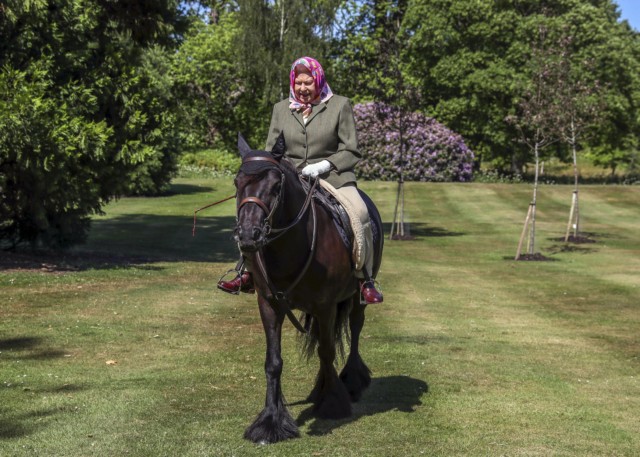AT the age of 94, the Queen has managed to maintain a fitness level that would put people half her age to shame – and it’s not just down to great genes.
This weekend, she was seen enjoying a ride on her horse, Balmoral Fern, in the grounds of Windsor Castle, where she is isolating with 24 handpicked staff.
It’s part of the daily exercise regime which has kept the monarch fit way into her 90s, along with a diet of fish and vegetables and avoiding carbohydrates such as potatoes and pasta.
According to longevity expert Dr Lynne Cox, of Oxford University, the Queen’s diet and exercise regime, along with a positive outlook on life and a happy marriage, combine to keep her youthful.
“There aren’t many 94-year-olds who could get on a horse in the first place,” she tells Sun Online.
“Her diet and exercise regime ticks all the right boxes in many ways and she comes across as someone who is very comfortable in herself and happy. She’s got a sparkle in her eye that just makes you feel comfortable with her, and that can also lead to a longer life.”
From kippers for breakfast to a great sense of humour, here’s how the Queen keeps herself young.

Ban on ‘starchy foods’ and a strong discipline
An endless round of banquets and state occasions could easily play havoc with the waistline but the Queen has managed to avoid piling on the pounds, despite the social whirl her position entails.
The secret to the Queen’s healthy weight is a low carbohydrate diet with plenty of lean protein, including fish.
While she eats potato, rice and pasta in small amounts at state occasions, they rarely grace her table in private.
Twice a week the royal household’s head chef Mark Flanagan comes up with a list of menu suggestions which she chooses from.
However, former royal chef Darren McGrady says she is “not a foodie. She eats to live, unlike Prince Philip who loves to eat and would stand and talk food all day.
“When she dines on her own, she’s very disciplined. No starch is the rule.
“She could have anything she wanted, but it is that discipline that keeps her so well and so healthy.”
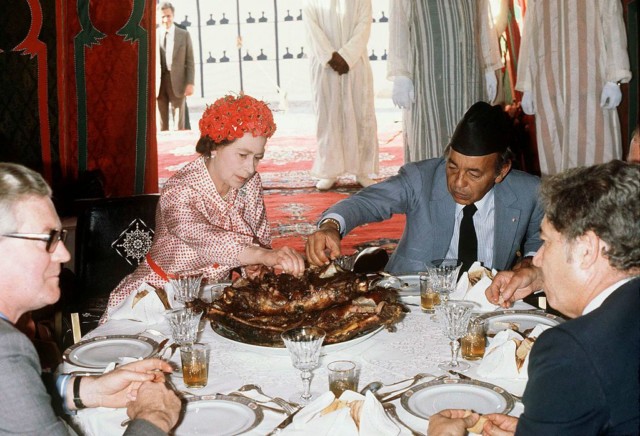
Diet rich in vitamin D and a pre-lunch tipple
The Queen begins the day with cereal and fruit or smoked kippers, washed down with a large pot of Earl Grey.
Occasionally she will opt for scrambled eggs with smoked salmon and truffles – usually towards Christmas when she is given the precious mushrooms as a gift.
Before lunch she enjoys her favourite tipple of gin and Dubonnet with a slice of lemon and a lot of ice.
Lunch is invariably a simple meal, high in protein, such as fish and vegetables or a salad with cold meat.
Her favourite, says Darren, is grilled Dover sole with wilted spinach or courgettes.
In quintessentially English style, the Queen does still take afternoon tea, allowing herself a small finger of cucumber or smoked salmon sandwich.
Although she avoids too much sugar she will, on special occasions, indulge in a small slice of her favourite, Chocolate Biscuit Cake.
“Chocolate Biscuit Cake is the only cake that goes back again and again and again everyday until it’s all gone,” says Darren.
“She’ll take a small slice every day until eventually there is only one tiny piece, but you have to send that up, she wants to finish the whole of that cake.”
If she is not attending a function, dinner is a fillet of beef, venison or pheasant from the estates of Sandringham and Balmoral.
Her favourite dish is a Gaelic steak, served with a mushroom and whisky sauce and she may follow with fruit for dessert, including Balmoral strawberries or peaches from the greenhouses at Windsor Castle.
Although she is not a huge wine drinker, she finishes her day with a glass of Champagne.
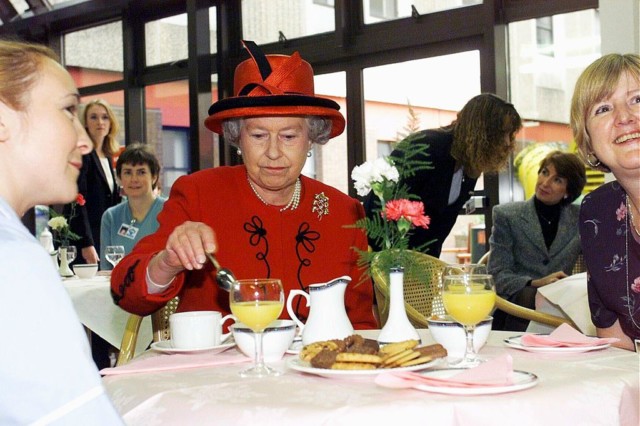
Dr Lynne Cox says the Queen is eating exactly the right diet to help her live longer.
“It’s all lean proteins and we know from studies that you tend to limit your appetite according to how much protein you take in. Once you’ve reached the amount you need in protein, your body knows it doesn’t need to eat anymore.
“She isn’t eating processed foods like crisps and burgers that are quite damaging.
“It’s proper home cooked fresh food, from quality ingredients, which is hugely important. People on high processed diets have a protein poor diet, so they keep eating and that can contribute to obesity.
“Plus she has a very high fish intake so there’s a lot of vitamin D, which has great health benefits.”
Avoiding faddy diets has kept her weight stable and another secret is taking her time – as Dr Cox knows from first hand experience after having lunch with HRH when she visited Oriel College, Oxford.
“The Queen eats very slowly because she is used to making polite conversation with everyone at the table,” she says. “Your body has sensors and various hormones that regulate your appetite but they need time to act.
“If you bolt your food watching the TV, they don’t have time to kick in and tell you that you’re full so eating slowly is a useful trick.”
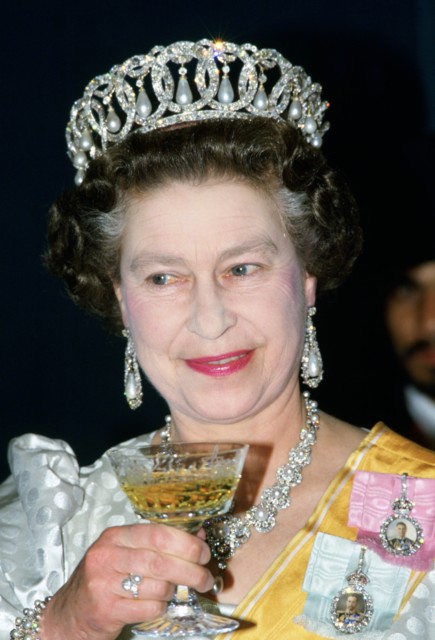
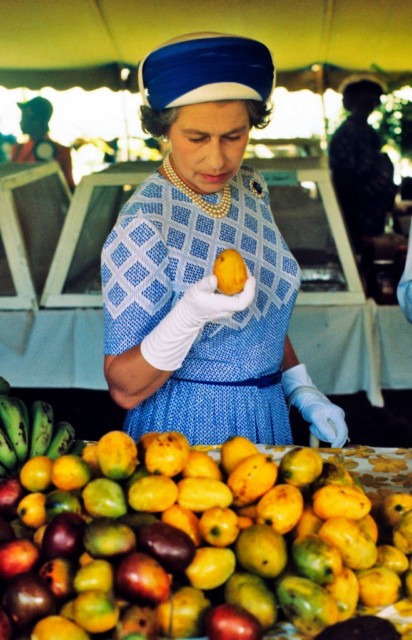
Healthy bones and muscle building exercise
Whether she’s riding through the highlands in Balmoral or running the Corgis round the grounds of Buckingham Palace, the Queen takes daily walks, often hiking for miles.
She’s also been a keen horse rider since she was a little girl and, as we saw in the amazing pictures this weekend, still loves to get in the saddle whenever she can.
No mean feat for a 94-year-old.
The Queen also loves the regular shooting weekends on her country estates at Balmoral and Sandringham.
“Walking is one of the very best forms of exercise,” says Dr Cox.
“You need weight bearing exercise to keep your bones healthy and it’s good for the muscles and balance, which means you are less likely to fall over, break bones and end up in hospital.
“Horse riding is also extremely energetic so it’s cardiovascular, it’s good for muscle strength and flexibility.”
A recent study showed that superfit cyclists in their 70s and 80s suffered from lower levels of chronic inflammation, which causes tissue damage in older people.
“Both activities also have the added benefit of being outdoors, which means you top up your vitamin D, the sunshine vitamin,” adds Dr Cox.
“Vitamin D boosts the immune system and a lot of people are clinically deficient in it as they get older and more sedentary.
“In fact we’ve recently found that a vitamin D deficiency means you are up to 13 times more at risk of death from COVID.”
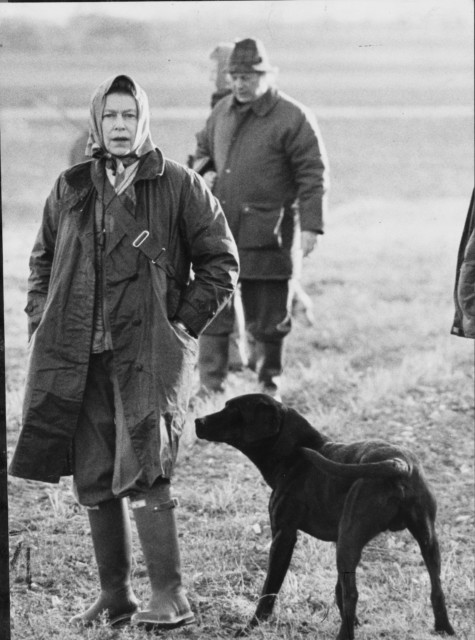
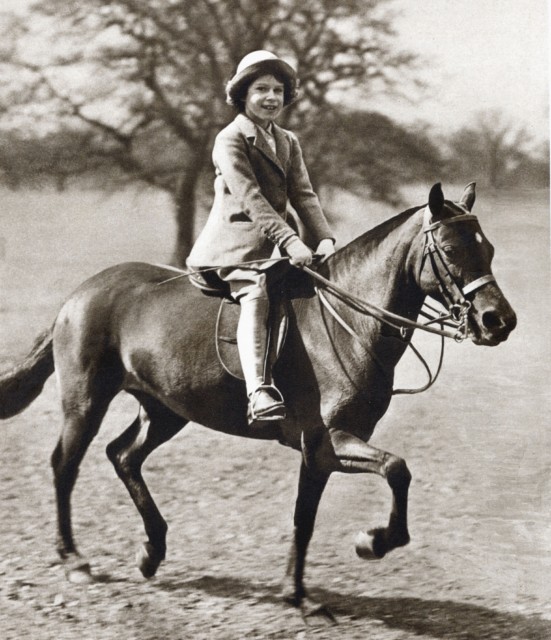
Optimistic outlook adds years
The Queen is renowned for her sense of humour, resilience and optimism – all traits which increase your life expectancy.
A 1990 study of 180 Catholic nuns, with the same diet and lifestyle, found that those with a more positive outlook on life lives on average 10 years longer than those with a more pessimistic view.
Another factor in her positive outlook, says Dr Cox, is her sense of purpose.
“There’s a huge interaction between our psychology and our physical body and in neurology studies people who have a very strong sense of duty and purpose seem to age better,” she says.
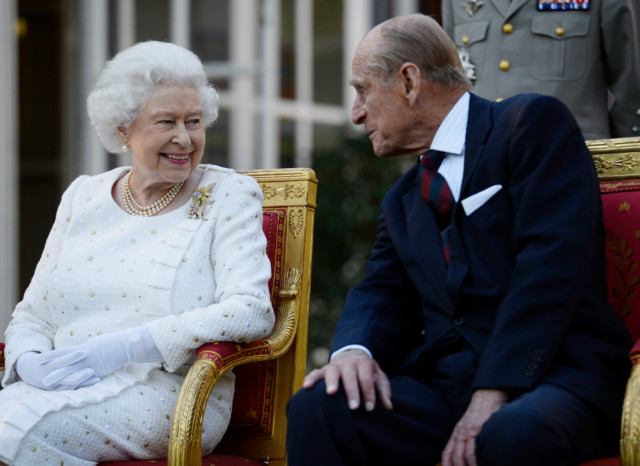
Brain training staves off ‘fog’
Although she has cut down on the more strenuous royal duties, even before lockdown, the Queen still handles affairs of state, signing paperwork in her office at Buckingham Palace.
“Almost everybody who gets old will have some loss of cognitive function,” says Dr Cox.
“But there’s something called cognitive reserve which means if you use your brain a lot then you build up a reserve so it’s much less noticeable when you start to lose brain power, because you’re starting from a higher level.
“Being busy and active and dealing with state matters every day is a phenomenal job and is effectively brain training.”
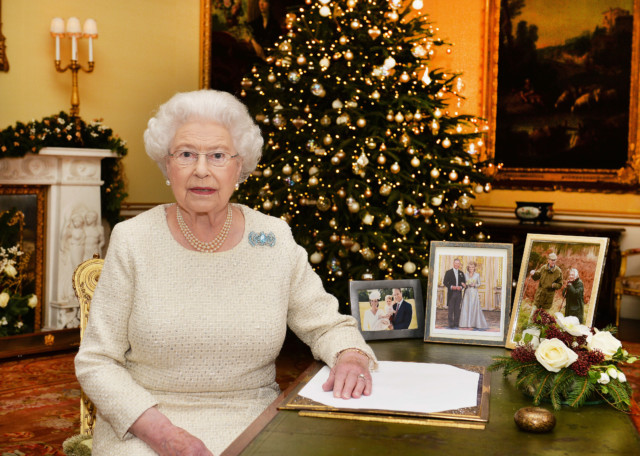
Happy 73-year marriage
The Queen and Prince Philip walked down the aisle in 1947 and have been happily married ever since.
The couple are said to talk everything through together as well as laughing a lot, as they both share a dry wit and cutting humour.
“The fact that she has been married for so long is beneficial,” says Dr Cox.
“Studies show that married people on the whole live a lot longer, and the Queen has a very strong faith which can be a big psychological support.
“There are lots of studies showing that people who are active members of church communities tend to fare better in later life.”
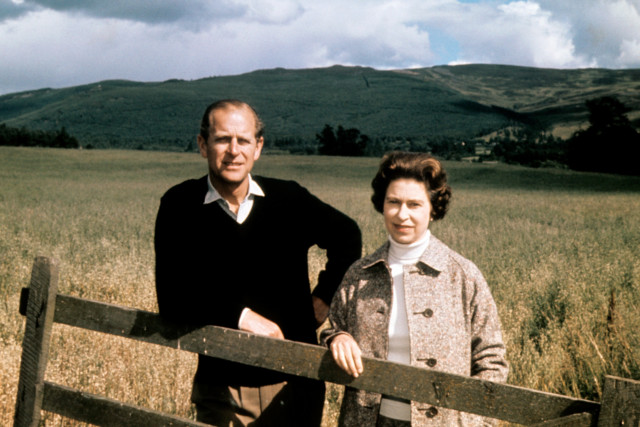
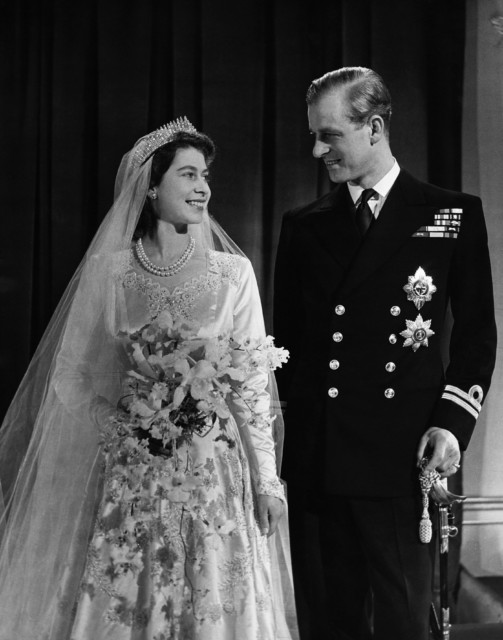
The genetic lottery
The Queen Mother lived to 101 and her daughter looks like she may even surpass that ripe old age.
But it’s no coincidence. Studies which looked at the children of centenarians found they were genetically different from others, with one finding there was a 78 per cent decrease in heart attack risk.
Another, currently being undertaken in the US, looked at the children of those over 110 and found changes in the blood that were indicative of healthier ageing.
Whether it’s genes, exercise or a healthy diet we can all agree HRH has got old age licked.
Long live the Queen.


